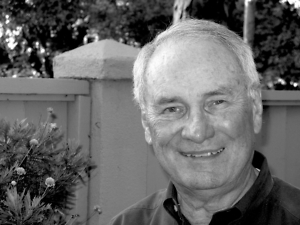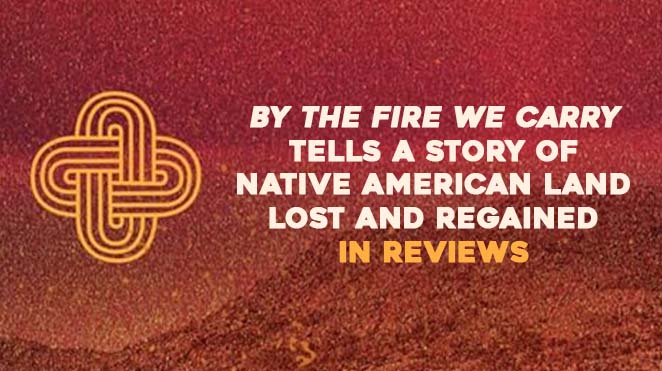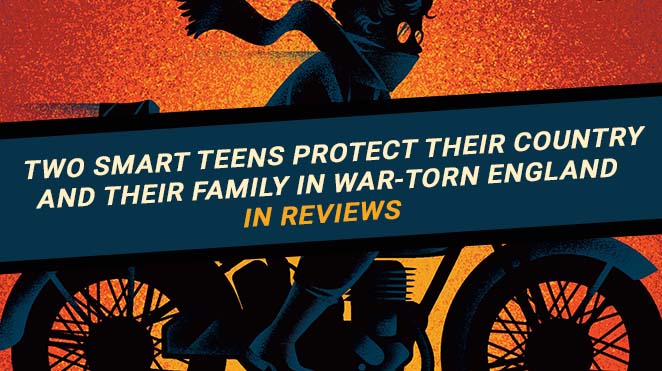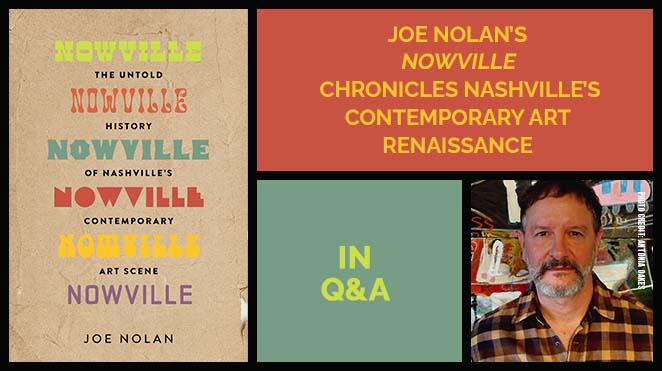In April 1967 Vanderbilt University students invited four unlikely visitors to their annual Impact Symposium—Martin Luther King Jr., activist Stokely Carmichael, conservative Senator Strom Thurmond of South Carolina, and poet Allen Ginsberg. This event, although touched on only briefly in the novel, is the nexus of the disparate characters who inhabit Gerald Duff’s latest novel, Nashville Burning.
 The cast ranges from the antebellum relics who make up the English department at Vanderbilt, the black cook who runs the chancellor’s kitchen with an iron hand, a pair of poor whites who turn to crime rather than stoop to take jobs that only African Americans will accept, a wandering troubadour in search of stardom but excelling at sex, and the ladies of the Music City Magic Fingers Massage Salon downtown, among others.
The cast ranges from the antebellum relics who make up the English department at Vanderbilt, the black cook who runs the chancellor’s kitchen with an iron hand, a pair of poor whites who turn to crime rather than stoop to take jobs that only African Americans will accept, a wandering troubadour in search of stardom but excelling at sex, and the ladies of the Music City Magic Fingers Massage Salon downtown, among others.
“Gerald Duff’s Nashville Burning is a rollicking satire of a turbulent time,” novelist Madison Smartt Bell wrote in advance of the novel. “It leaves no sacred cow unstoned, and in that sense is bound to offend practically everybody! It might also wake a few people up.”
Liberally laced with the racial and sexual epithets used at the time by black and white characters alike, Nashville Burning spares no one—from the old-money Belle Meade couple who host a naked reading of Shakespeare’s Hamlet to the English professor whose tenuous sense of reality wavers between actual reality and his alternate self, a nineteen-year-old Confederate major riding a horse named Defiance into the Battle of Shiloh.
 The novel is broken into three parts—one for each April, 1967 to 1969—but Duff’s roving lens lingers longest on Robert and Lily Alden, an unhappy couple with three children, the oldest of whom has a dangerous but insightful imaginary friend named Rum-Tum. Robert is an assistant professor in the English department who becomes ensnared by a beautiful but heartless student. Lily is a miserable and searching soul who predictably falls into bed with heartless Tollman, the troubadour. The Aldens leave the naked Shakespeare reading, drunk and belligerent. “They looked at you, all right,” Robert says. “You are so fucking shallow, Lily. You just skim along the surface of reality. You have no idea why they are looking at you, women and men both. You don’t understand implications.”
The novel is broken into three parts—one for each April, 1967 to 1969—but Duff’s roving lens lingers longest on Robert and Lily Alden, an unhappy couple with three children, the oldest of whom has a dangerous but insightful imaginary friend named Rum-Tum. Robert is an assistant professor in the English department who becomes ensnared by a beautiful but heartless student. Lily is a miserable and searching soul who predictably falls into bed with heartless Tollman, the troubadour. The Aldens leave the naked Shakespeare reading, drunk and belligerent. “They looked at you, all right,” Robert says. “You are so fucking shallow, Lily. You just skim along the surface of reality. You have no idea why they are looking at you, women and men both. You don’t understand implications.”
“I understand all kinds of thing, Sonny,” Lily drunkenly responds. “When I heard what Ophelia said in the play when she was floating in the water before she drowned, I know exactly what she meant.”
The evil Rum-Tum is clearly a natural outgrowth of this couple’s malignant contempt for one another. He is also a symptom of the pervasive racism and ancestor worship that Duff—who taught at Vanderbilt during the period in which this novel is set—explores in Nashville Burning. The rioting North Nashville residents, trapped in a culture of white supremacy with no apparent way out, are as dazed by the consequences of their own actions as the low-life robbers and lofty Vanderbilt dons and students. Nashville Burning provides neither heroes nor victims; the characters are just flawed folks trapped in their discrete worlds, terrified and unequipped to move into the future.

Lyda Phillips is a veteran journalist who grew up in Memphis and has earned degrees from Northwestern, Columbia, and Vanderbilt universities. The author of two young-adult novels, she worked for United Press International before returning to Nashville.
Tagged: Book Review, Fiction, Gerald Duff, Lyda Phillips





